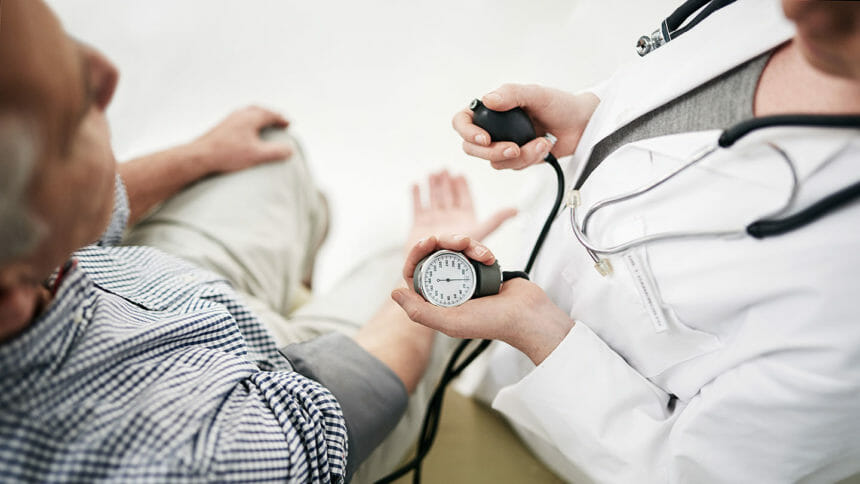
Not using the correctly sized blood pressure cuff could throw readings way off, a new study finds. Therefore, healthcare workers should have more than one size of blood pressure cuff so it is tailored to a person’s individual arm size, according to a study that appeared today in JAMA Internal Medicine.
Researchers looked at blood pressure readings in 195 adults who lived in a community in 2021. Participants went through four sets of measurements. The first three sets used a cuff size that was too small or too large. The fourth reading was done with the correct-sized cuff.
The mean age of people was 54 years old. Among those who needed a small cuff, using the regular stuff gave a lower reading. In fact it was off by a mean less than 3.6 mm Hg (that’s the unit doctors use to measure blood pressure). People who needed a large or extra-large cuff but used a regular cuff had higher readings. Their readings were higher by a mean of 4.8 mm Hg.
“We were shocked at how big of a difference there was,” Tammy Brady, MD, PhD, a study author and an associate professor of pediatrics at Johns Hopkins University, told CNN. “I didn’t expect the magnitude that we found.”
It’s vital to get the right sized cuff because a reading can influence a diagnosis.
“It can have really significant clinical implications,” Brady added.
Healthcare professionals should have easy access to multiple sizes of blood pressure cuffs. And people should steer clear of general cuffs in grocery and drug stores.
“Most people take for granted the blood pressure,” Brady said. “They assume that the machine is very smart and it’s just going to give you the right value, but there’s a lot that depends on the operator doing things properly.”
Brady presented research last year saying that blood pressure cuffs that were too large missed hypertension in 22% of people. Overestimating blood pressure by using a cuff that was too small indicated that 39% of participants were hypertensive when they weren’t.



